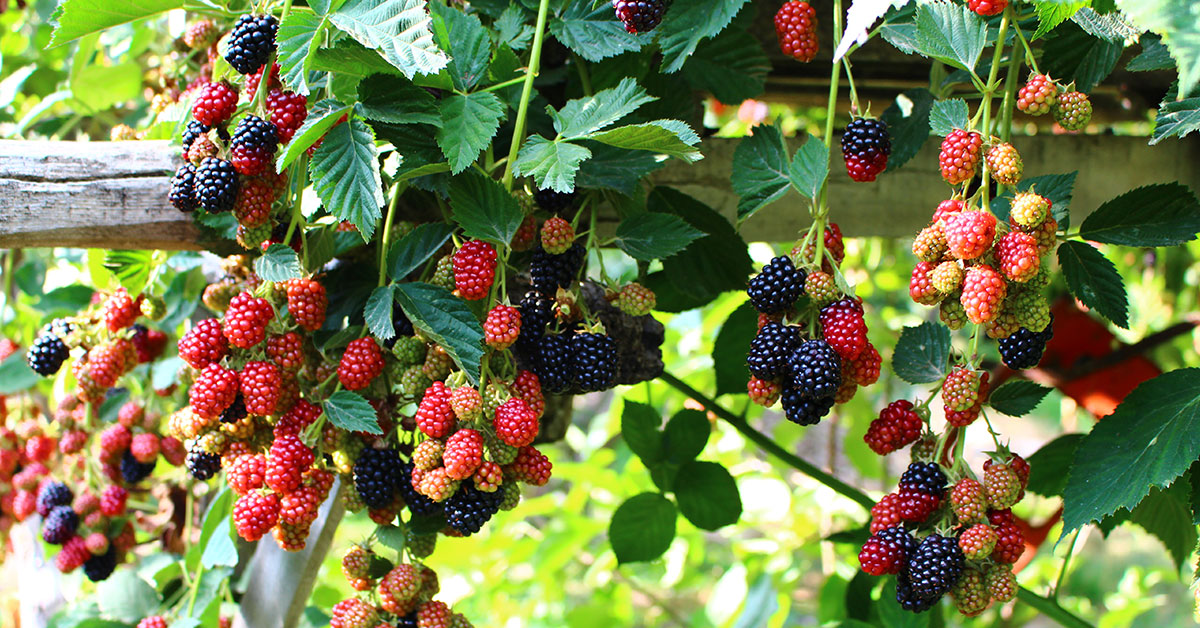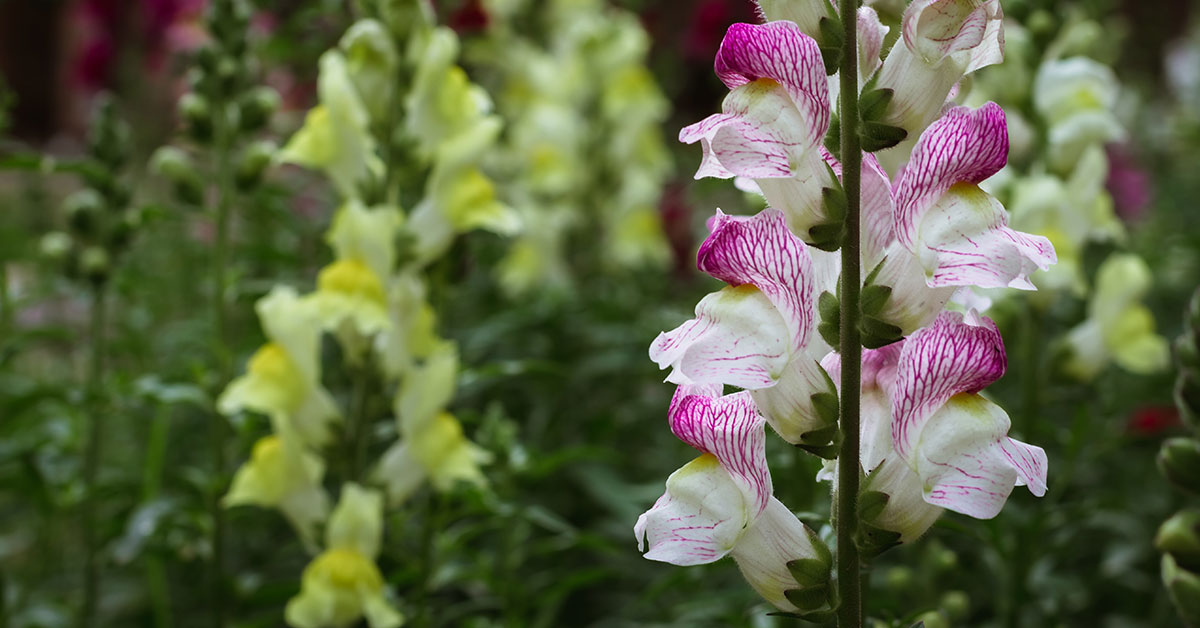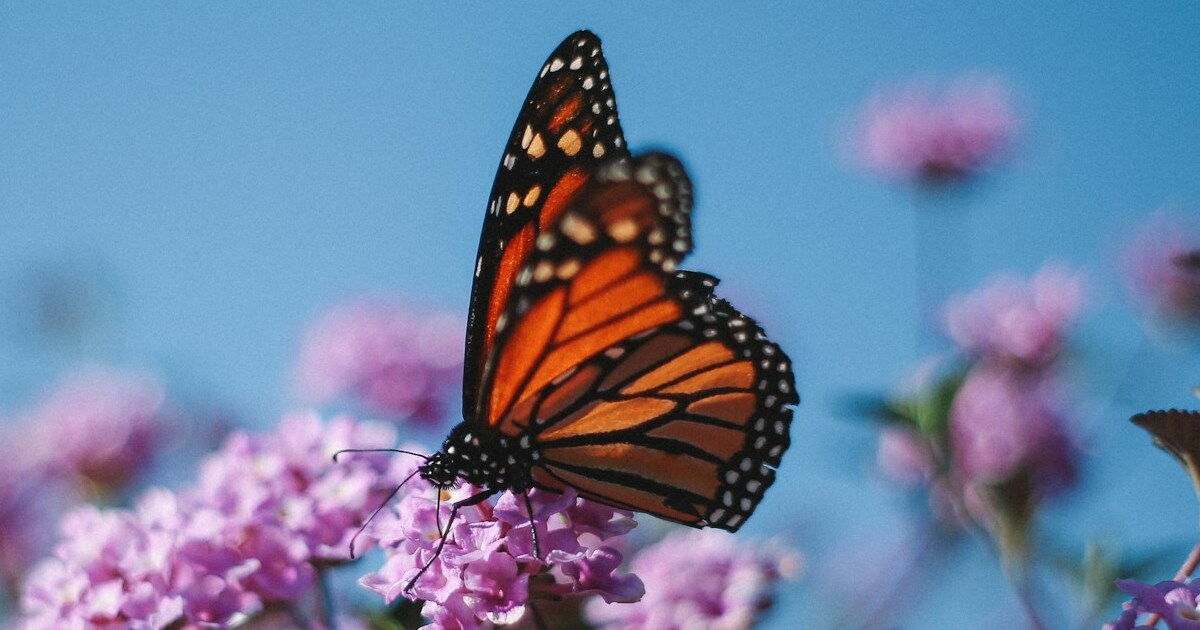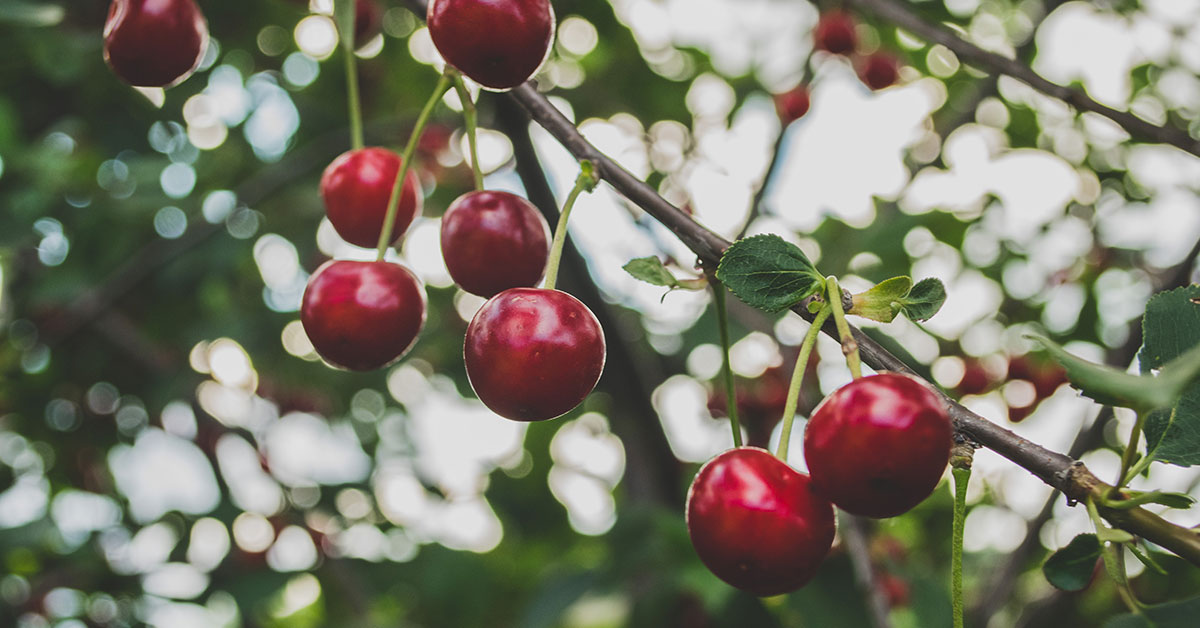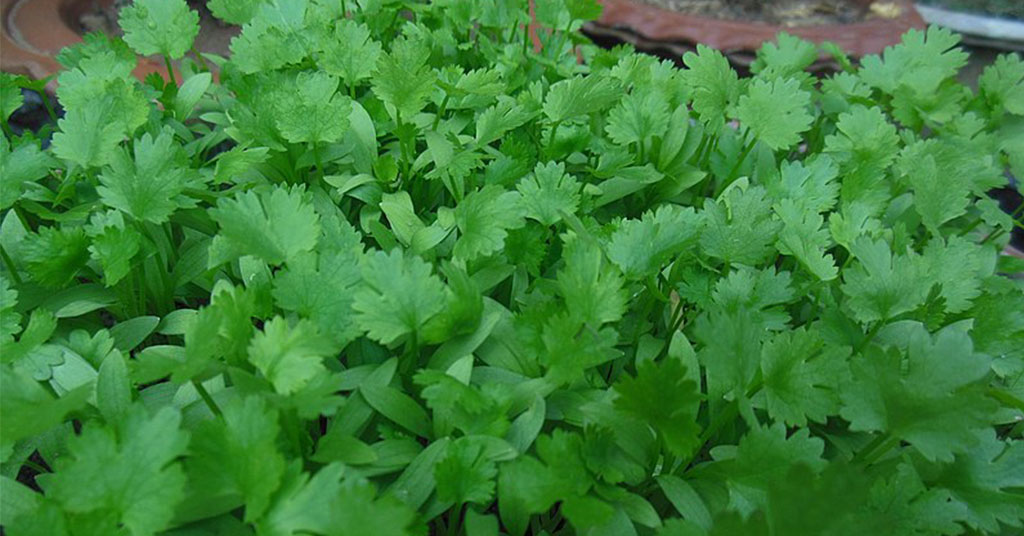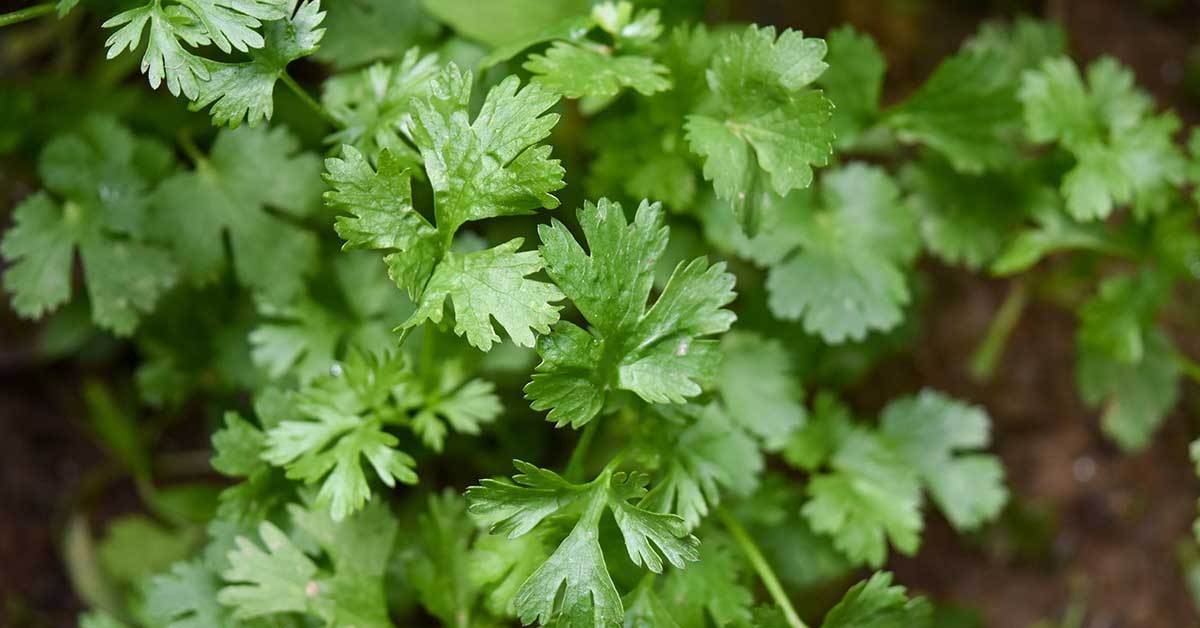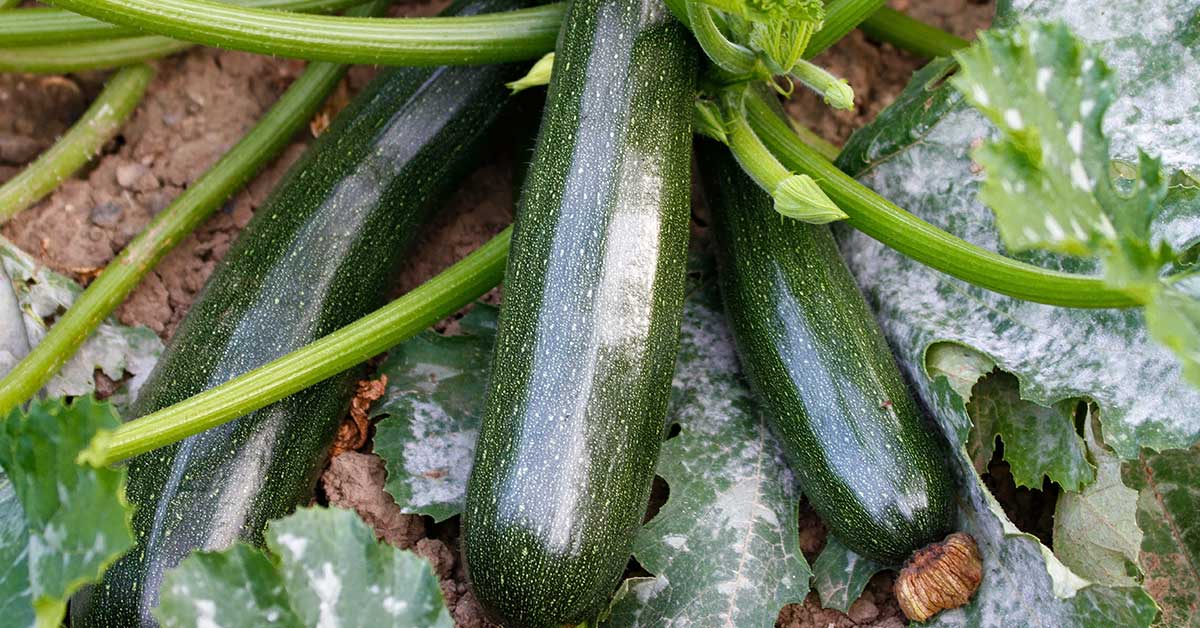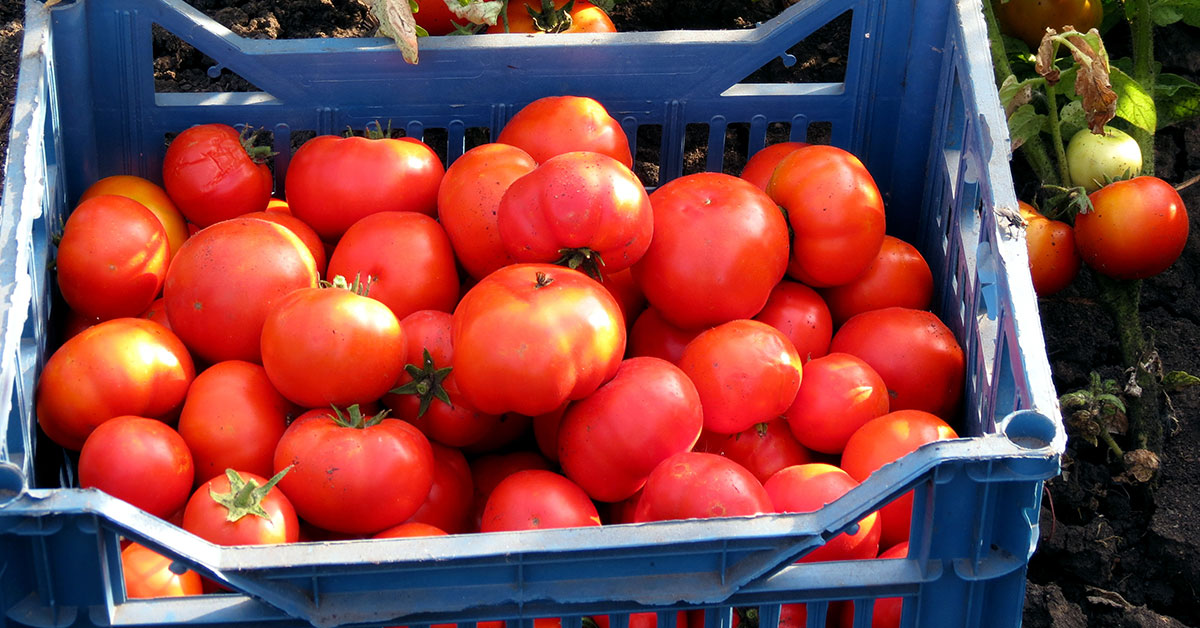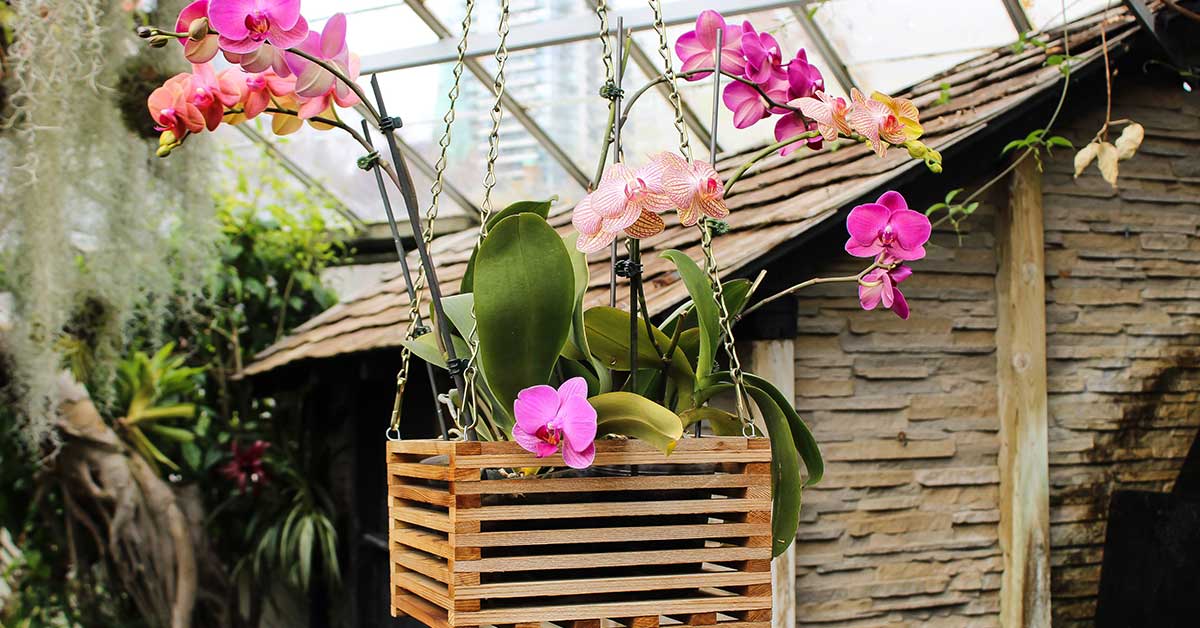There’s something so delightful about tasting the first ripe blackberry of the season—sweet, juicy, and sun-warmed straight off the cane! But before you let those vigorous brambles take over your beds, it’s such a bummer when they turn into a relentless tangle that smothers everything around it. I know the thrill of envisioning endless berry harvests, only to find your garden overtaken by thorny runners that seem almost impossible to tame.
In this article, we’ll explore eight compelling reasons to think twice— or at least plan carefully—before welcoming invasive blackberry species (like Rubus armeniacus or Rubus fruticosus agg.) into your landscape. Drawing from my own tussles with these determined plants, you’ll learn how they spread, the pests they harbor, and the legal headaches they can create. Let’s dive in and ensure your garden stays both bountiful and balanced!
Rapid Colonization Through Suckers and Seeds

Those luscious berries are more than just a tasty treat—they’re tiny seed factories ready for dispersal! Birds, mammals, and even unsuspecting gardeners carry seeds in their fur or on clothing, depositing them far from the mother plant. I’ve sipped blackberry cobbler while robins happily snacked on the leftovers, only to find new seedlings sprouting along my fence line days later!
On top of seed spread, invasive blackberries send out underground runners that pop up new canes several feet away. These suckers form dense thickets in no time, turning open areas into impenetrable walls of thorn and vine. A little vigilance early on can prevent a sprawling infestation that’s next to impossible to eradicate.
Thorny Thickets Pose Physical Hazards
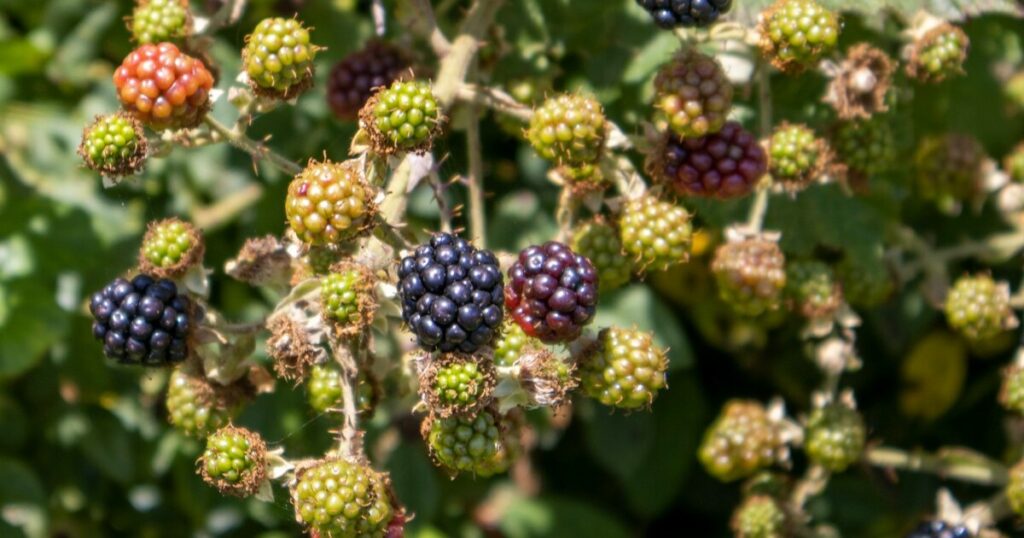
Let’s be honest: blackberry canes armed with sharp thorns can quickly turn a pleasant stroll into an obstacle course! I once tried to reach my raised beds only to get scratched by surprise thorns that had crept across the pathway. It’s frustrating and potentially painful, especially if you have children or pets who dart around without noticing the hidden dangers.
Even routine tasks like weeding or harvesting become precarious when you’re constantly dodging snapping thorns. Left unchecked, these brambles can form walls that not only look unruly but also impede access to other parts of your garden, making maintenance a real chore instead of a joy.
Reservoir for Pests and Diseases
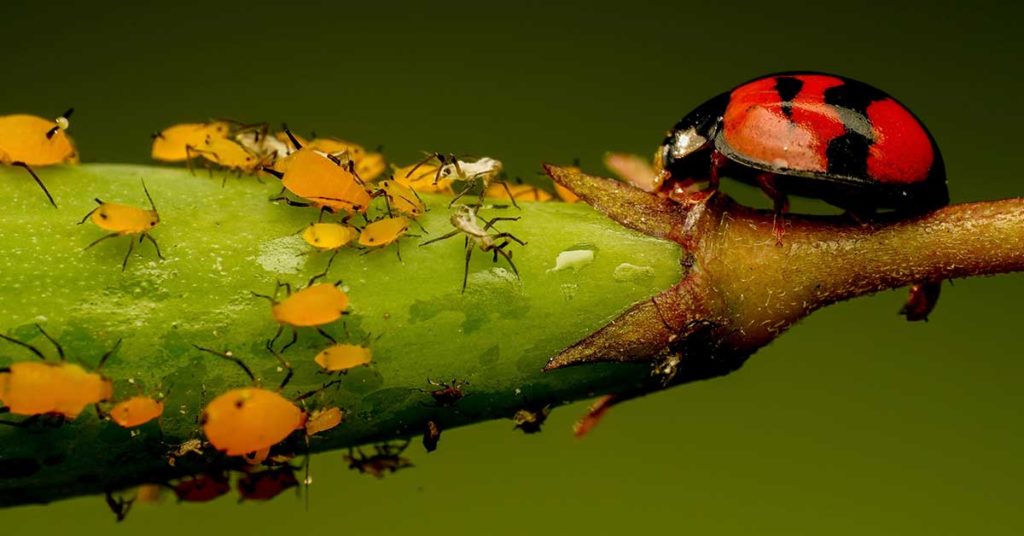
It’s such a shame when the very plants you cultivate harbor pests that spread to the rest of your garden! Blackberry thickets often shelter raspberry crown borers, Japanese beetles, and aphids, all of which can migrate to your roses, squash, or other vulnerable crops. I learned this the hard way when aphids decimated my nearby herb patch after overwintering in an untended bramble stand.
Fungal diseases like anthracnose and cane blight also linger on old canes, quietly infecting new growth each spring. Once these pathogens establish in your garden, you’ll find yourself reaching for fungicides or pruning shears more often than you’d like—definitely not the carefree berry-growing experience you had in mind!
Crowds Out Native Flora

Native wildflowers, grasses, and shrubs co-evolved with local insects and wildlife, creating a balanced ecosystem where every species plays a part. In contrast, invasive blackberries form solid masses that shade out these beneficial natives. I watched in dismay as delicate asters and goldenrods vanished beneath the dense bramble canopy in my border!
Losing native plant diversity means fewer nectar sources for specialized pollinators and less habitat for ground-nesting bees. By preventing blackberry thickets from dominating, you make room for a mosaic of wildflowers and grasses that support a richer tapestry of beneficial insects and birds.
Alters Wildlife Foraging and Nesting Patterns

While many birds relish blackberry fruit, an overwhelming abundance can skew their feeding habits away from other native fruiting shrubs. I’ve seen thrushes spend all their time in one bramble thicket, neglecting serviceberries and elderberries that might otherwise have been dispersed and propagated by their dining habits.
Moreover, the dense, thorny structure of bramble patches can exclude certain species that prefer open or brushy nesting sites. By maintaining a balanced mix of native shrubs alongside any berry plantings, you’ll support both edge-nesting songbirds and cavity nesters alike—ensuring a fuller, livelier garden chorus.
Legal and Land Management Restrictions
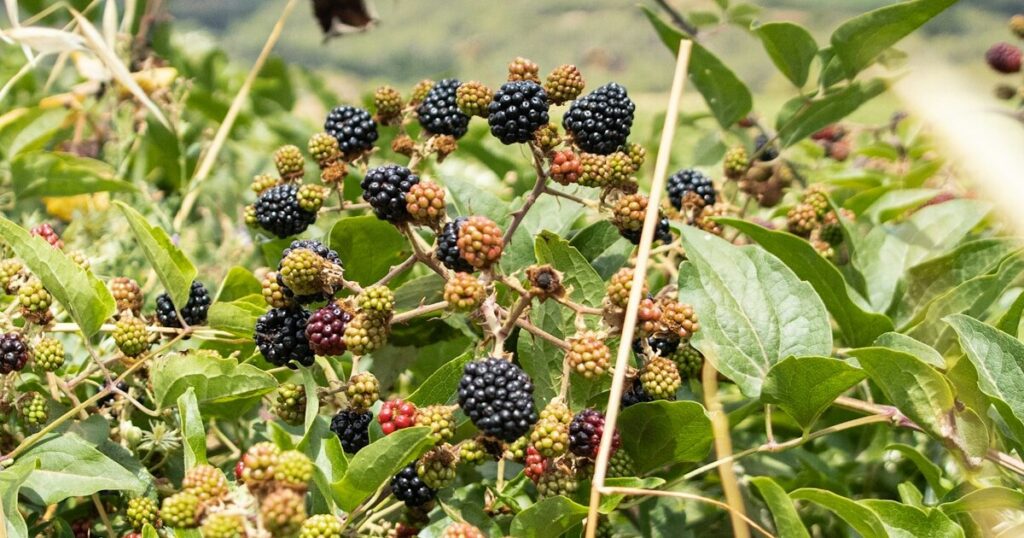
In many states and municipalities, invasive blackberries are classified as noxious weeds, making property owners legally responsible for controlling or eradicating them! I remember getting a notice from my local extension office after brambles from my yard crept onto the neighboring footpath—quite the motivator to take swift action.
Beyond fines, these regulations underscore the broader ecological threat that invasive blackberries pose to public lands and farmlands. By proactively managing bramble growth, you not only protect your own garden but also contribute to regional conservation efforts that help preserve native habitats for everyone.
Impact on Soil and Water Resources

Although blackberry roots can help curb erosion, they also compete aggressively for moisture and nutrients. I noticed my pepper plants wilting in mid-summer despite regular watering—turns out the thirsty bramble roots were hogging most of the moisture before it reached deeper-rooted veggies!
Large thickets can also alter soil pH over time, as the decomposing leaf litter tends to acidify the ground. This shift can hamper nutrient availability for plants not adapted to lower pH, making your garden more finicky unless you carefully monitor and amend the soil.
Difficult to Eradicate Once Established
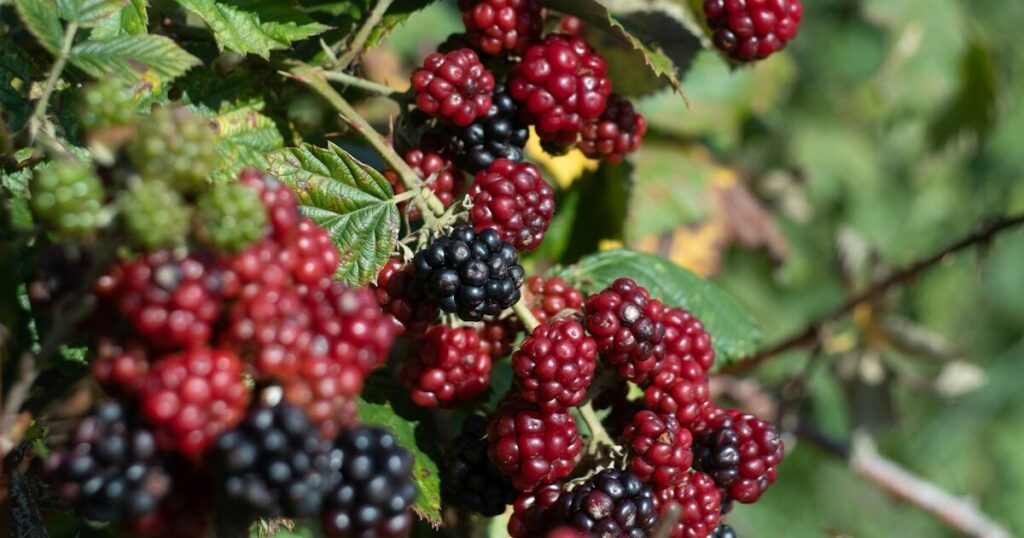
The real kicker is how persistent these brambles become once they’ve put down roots. Simply cutting the canes back often leaves root fragments that sprout new growth within weeks. I spent entire afternoons digging out what I thought was the full root—only to return the next day and find fresh green shoots already poking up!
Effective eradication demands dedication: repeated digging or smothering, careful disposal of plant material, and follow-up treatments over multiple seasons. Getting ahead of them early, before they establish a robust underground network, will save you endless hours of backbreaking work—and keep your garden looking as you intended.


